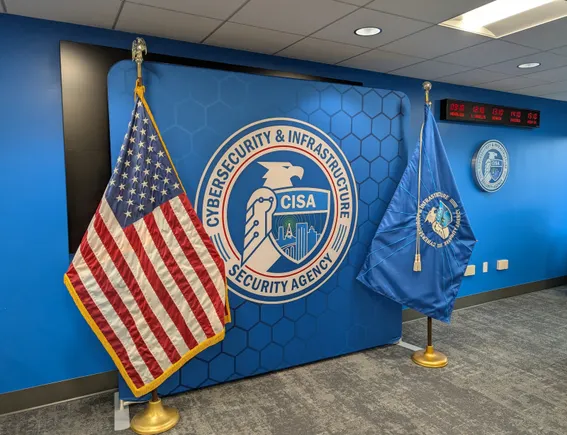Fast Facts
-
The Trump administration’s restructuring has weakened critical public-private partnerships essential for protecting U.S. infrastructure from cyberattacks, leading to an erosion of trust and collaboration between sectors.
-
The dissolution of the Critical Infrastructure Partnership Advisory Council (CIPAC) has significantly hampered the ability of infrastructure operators to share sensitive cybersecurity information with the government, resulting in reduced dialog and preparedness.
-
Workforce cuts and a leadership void in federal agencies like CISA have disrupted cybersecurity operations, leading to diminished engagement and support for critical infrastructure sectors like healthcare, energy, and telecommunications.
- Industry leaders express deep concern about their capacity to respond to future cyber threats, fearing that government cutbacks have compromised national security and the effectiveness of public-private collaboration.
Fraying Partnerships
The recent upheaval in the U.S. government has profoundly impacted critical infrastructure partnerships. Public-private collaboration has diminished, leaving infrastructure sectors vulnerable to cyberattacks. Disruption in leadership and staffing cuts have paralyzed crucial communication channels. As federal agencies struggle to engage, trust between the public and private sectors has frayed. A healthcare representative aptly described this state as “suspended animation.” This sentiment reflects the growing unease among industry stakeholders. They worry that significant threats may go unaddressed without robust cooperation.
Additionally, the discontinuation of the Critical Infrastructure Partnership Advisory Council has complicated efforts to manage cybersecurity risks. Prior to these changes, this council fostered open discussions about vulnerabilities. Now, companies hesitate to share sensitive information. The fear of exposure weighs heavily, often stifling necessary dialogue. This void can only amplify national security concerns as cyber adversaries grow more sophisticated.
Challenges Ahead
The lack of collaboration not only threatens existing infrastructures but also amplifies the risk of future attacks. Industry leaders now emphasize the urgency of proactive measures, given the diminished role of government agencies. Many sectors take it upon themselves to bolster their defenses, recognizing their unique expertise in protecting vital systems. However, they fear that without governmental support, their efforts might fall short.
Infrastructure operators express uncertainty about how to respond to potential crises. A significant cyber incident in critical systems could prove catastrophic. Experts warn that rolling back public-private collaboration jeopardizes the collective capacity to withstand and respond to attacks. In a landscape marked by increasing threats, the restoration of these partnerships has never been more vital. The stakes are too high to ignore this urgent need for unity in safeguarding the nation’s critical infrastructure.
Continue Your Tech Journey
Learn how the Internet of Things (IoT) is transforming everyday life.
Stay inspired by the vast knowledge available on Wikipedia.
Cybersecurity-V1

